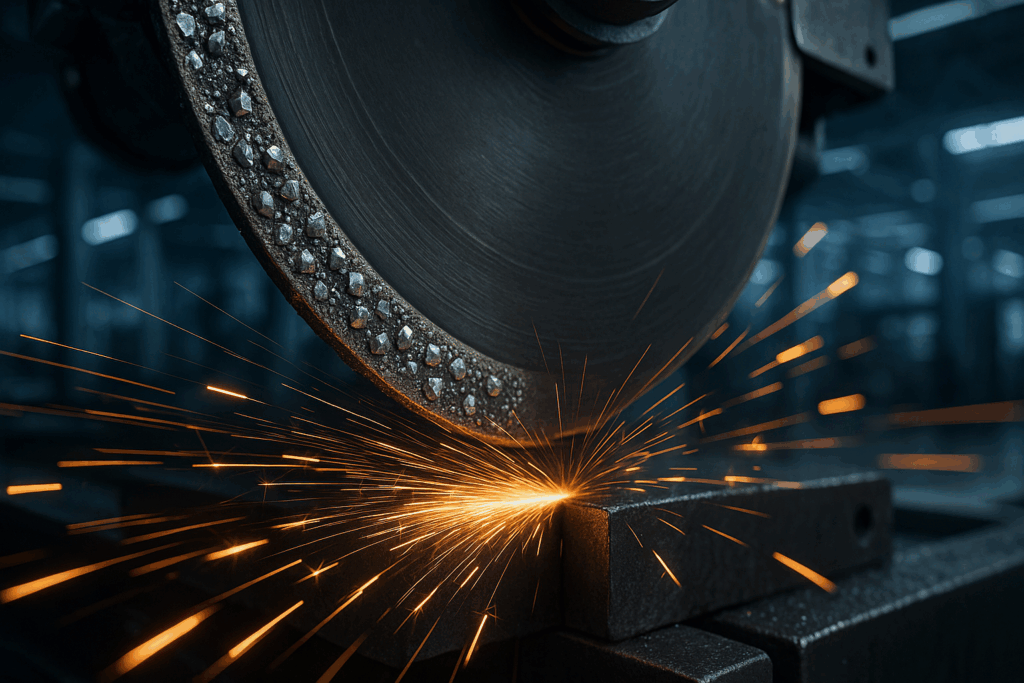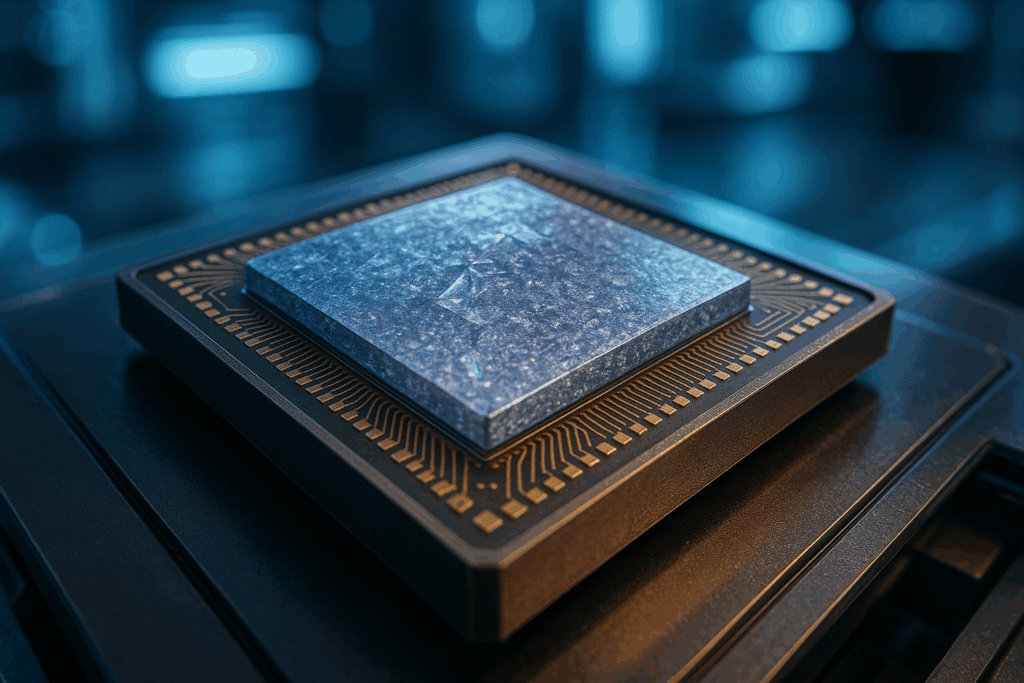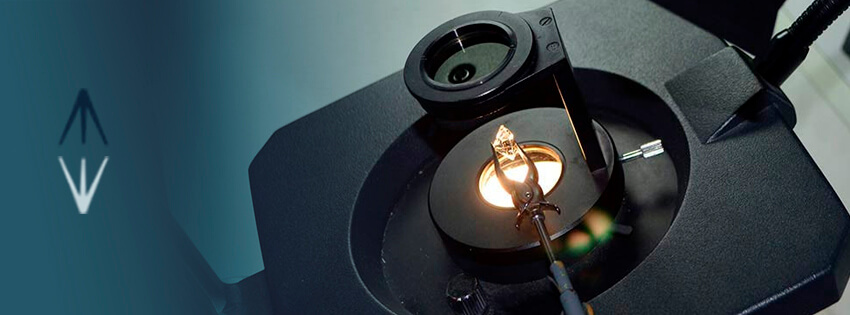Diamond is not only the king of gemstones in jewelry, but also an extraordinary material for multiple industrial and technological applications. Thanks to its unique physical properties, this carbon crystal is indispensable in sectors such as electronics, mining, advanced optics, and even quantum computing. In this article, we explore why diamond is much more than a precious stone and how its scientific value makes it a strategic resource.
Learn more about the physical properties of diamonds and how they relate to technical and industrial uses.
Why is Diamond Useful in Industry and Technology?
Diamond stands out for its extreme hardness, superior thermal conductivity, and chemical stability, making it one of the most versatile materials in demanding environments.
Key Physical Properties
-
Hardness: The hardest known natural material, ideal for cutting or drilling other materials.
-
Thermal conductivity: Excellent for dissipating heat in electronic devices.
-
Optical transparency: Useful in lasers and advanced optics.
Natural vs. Synthetic
For technical applications, synthetic diamonds are mostly used, especially those created by chemical vapor deposition (CVD), offering control over purity, shape, and size.
Industrial Applications of Diamond
Cutting and Polishing Tools
Diamond is essential in saws, drills, and discs used to cut glass, stone, metals, and ceramics with high precision.
Well Drilling and Mining
Diamonds are used in drill heads for extracting oil, gas, and minerals in high-pressure environments.
Industrial Abrasives
Diamond powder is used to polish precision components like lenses, hard metals, and optical surfaces.

Technological Applications of Diamond
High-Power Electronics
Thanks to its high electron mobility and excellent thermal dissipation, diamond is an ideal candidate for semiconductors operating in extreme conditions.
Diamond as a Semiconductor
The diamond’s crystal structure allows its use in advanced microchips with greater energy efficiency than silicon.
Thermal Dissipation
CVD diamond is used as a substrate for electronic components that generate heat, enhancing their lifespan and performance.

Diamonds in Science and Advanced Technology
Biomedicine and Sensors
Diamonds with controlled impurities (such as NV centers) are used in biomedical and magnetic field sensors with ultra-high sensitivity.
Advanced Optics and Lasers
Diamond is transparent to a wide light spectrum, making it ideal for high-pressure windows, X-ray lasers, and precise optical applications.
Quantum Computing
Vacancy and nitrogen centers in CVD diamonds are being studied as key components for qubits in quantum computers.
The Future of Diamond in Industry
Technological-Grade CVD Diamonds
The development of ultra-pure synthetic diamonds is accelerating adoption in sectors such as microelectronics, telecommunications, and space sensors.
Challenges and Opportunities
The current challenge is to scale production with consistent quality and competitive pricing while maintaining its unique properties.
Final Considerations on Its Industrial Value
Beyond its beauty, diamond is a strategic material already part of key present and future technologies.
Understanding diamond density is essential to appreciate how it affects technical performance and precision.
Frequently Asked Questions About Industrial Use of Diamond
Why is diamond used in industrial tools?
Because of its extreme hardness, it allows cutting, drilling, or polishing materials without losing edge or structure.
What is CVD diamond and why is it important?
It is a lab-grown diamond with high purity, ideal for electronics, optics, and sensors.
Can diamond be used as a semiconductor?
Yes, especially in conditions where silicon fails, thanks to its thermal conductivity and stability.
Which sectors use synthetic diamonds?
Electronics, mining, medicine, optics, space exploration, and more.




